






 |
|||||||
 |
 |
 |
 |
 |
|||
 |
|||||||
|
McIntosh MC240 At the time of this writing in 2024, there are more than 80 tube amplifiers featured here on my hifi website. In all of that, none are more iconic than the McIntosh MC240 shown below. The 240 is the very embodiment of classic hifi; it's a dream amplifier and has been since its first introduction in 1960. And in fact the unit below is from the first year of production, making it a somewhat unusual and slightly rarer example of this classic tube amplifier. Taking the push pull 6L6 model that McIntosh was using in their MC30 monoblocks, the 240 is kind of a 2-in-1 unit that dropped the MC30’s tube rectification and put both channels into one chassis. One of the first stereo amplifiers, the 240 is also easily bridgeable into mono, making 80 watts into one channel. Big, heavy and dense, the 240 is physically an imposing package, with all of the signature McIntosh gravitas on display in the classic simple but refined black and chrome aesthetic. In play, the 240 is powerful and rich but also light on its feet. Its renowned for being able to see deep into the recording, and for bringing out detail and space in a vibrant, realistic way. After months of listening to the 240 with a variety of sources and into several speakers, I would say that the 240 is a very pleasing amp to listen to and does in fact have some kind of depth and magic that adds to the output. The 240 has a naturalness to its sound that makes it very easy to quickly fall into, and like the 225 it gets timbre and tone really right. It's a very realistic sounding amplifier; live performances have a life to them if its in the recording, but unlike some, it also plays nicely with less well recorded program material. In direct comparison to other McIntosh gear of the era, I feel that the MC30 has more bass and oomph, it a denser, heavier hitter, and for some program material it really shines bright. The MC225 has a more relaxed sheen and a very beguiling sound that is perhaps ever so slightly “sweeter” across the board than the 240, but I found the 240 to push and control my Bozak B-305 speakers just a bit better in my big room. In the small room on high efficiency speakers, I did prefer the 225, but it’s very close. The MC250 had a bit more sparkle in it sound, but for me the 240 easily eclipsed its performance overall and it was clear enough to me that I preferred the tube amplifier over the early solid state amplifier. No amp is perfect. But the MC240 is close. If I had to go down to one single push pull amp, it would be the MC240 and I wouldn't look back. Single ended would be a much harder choice, but in a big room on less efficient speakers, I’m comfortable knowing that the 240 will serve me well for the rest of my life if I can be patient and settle down with it. There are lots of choices in vintage amplification, and lots of flavors to enjoy. I feel that the MC240 is certainly one of the best. Highly recommended for a one-amp-does-all solution. |
||||||||
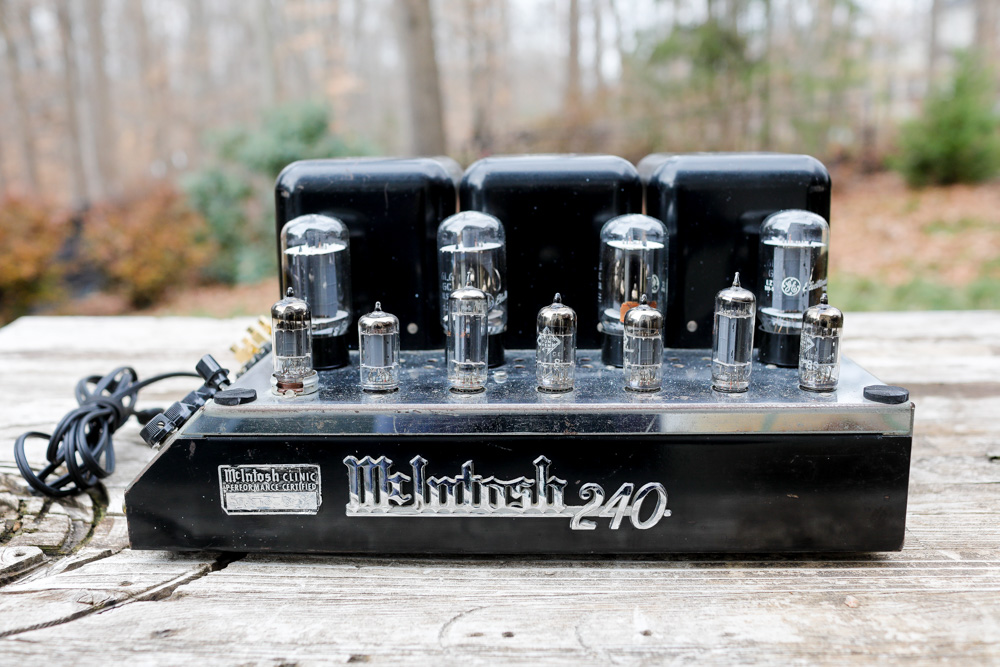
|
||||||||
|
As you can see, my unit is in somewhat rougher cosmetic condition. It actually looks a lot better in person, the photos bring out every scrape and wart, but there is no doubt this one has been around the block a time or two. I actually purchased it from a seller in Japan, where I think it spent more than half its life. My unit was very meticulously refurbished underneath, and came with all vintage tubes of the highest quality. |
||||||||

|
||||||||

|
||||||||
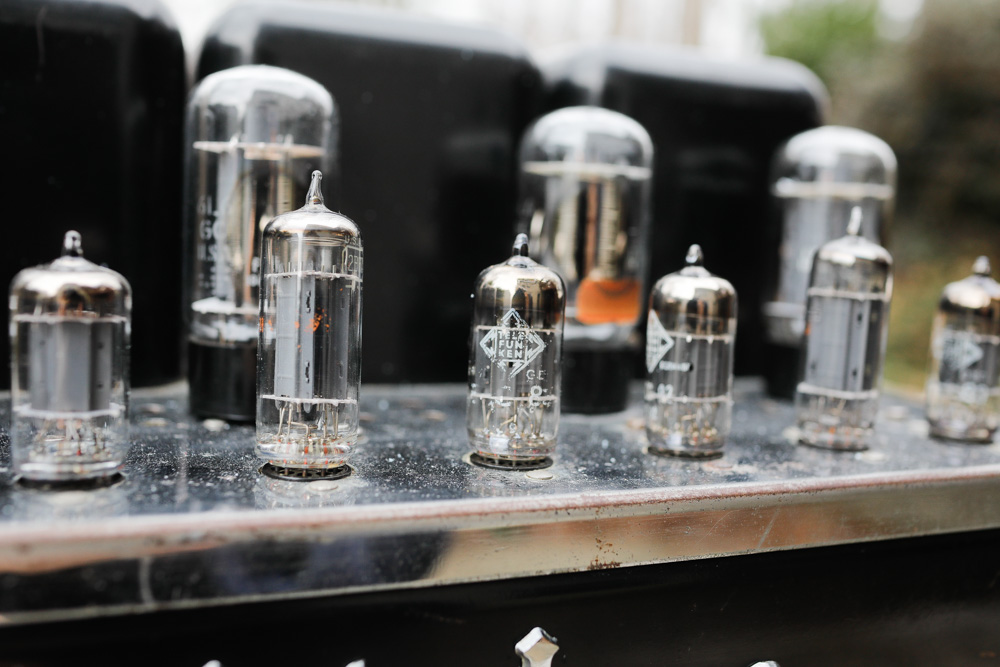
|
||||||||

|
||||||||

|
||||||||
|
McIntosh Clinic Performance Certified. You see stickers like this on a lot of McIntosh tube equipment. These date back to the days when McIntosh would send their techs around the country doing McIntosh Clinics; where owners could bring their gear in for a checkup and recertification. This one saw such a tech in 1973. |
||||||||
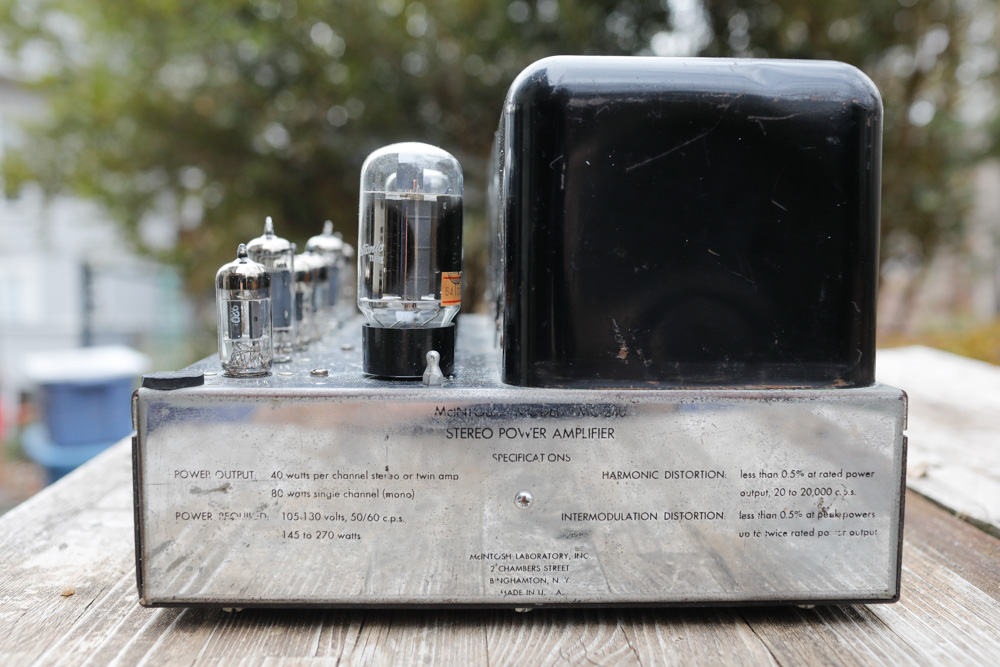
|
||||||||

|
||||||||
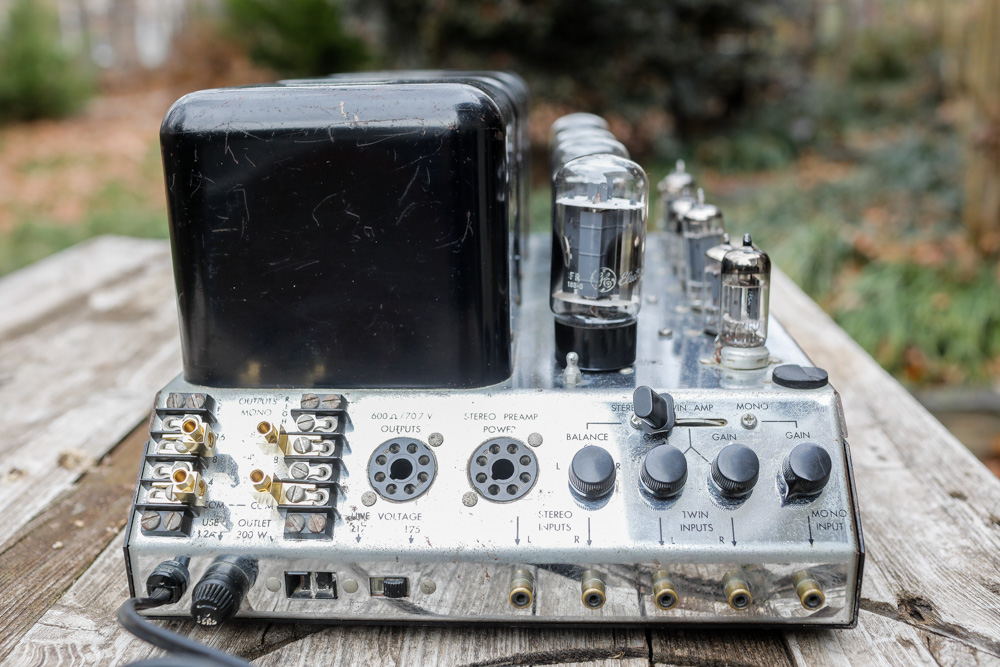
|
||||||||
|
This example dates to 1960, the first year of production. In later years the control panel layout changed significantly. |
||||||||
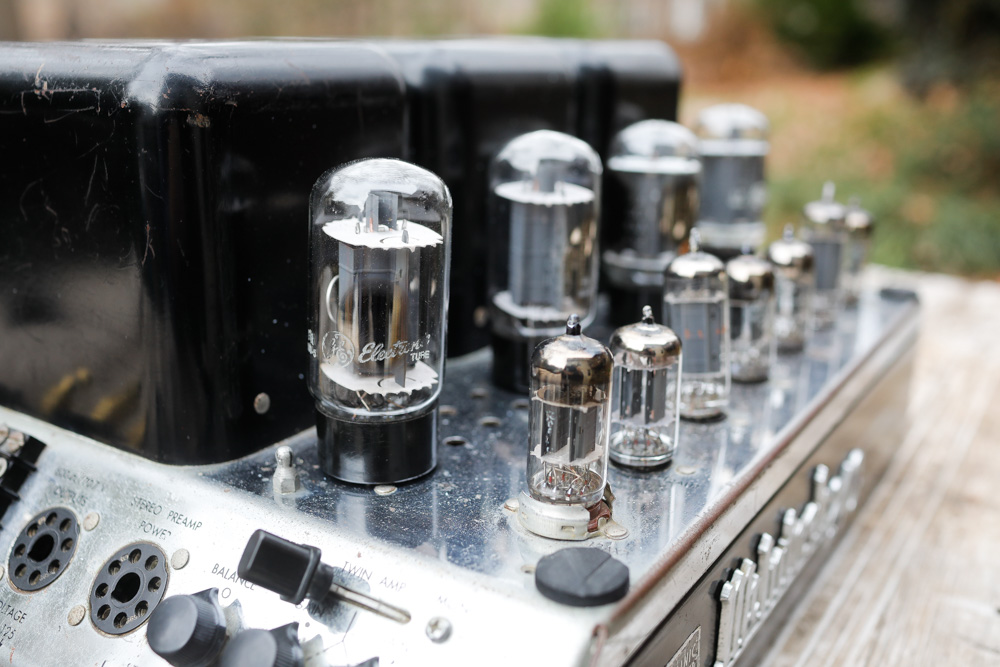
|
||||||||

|
||||||||
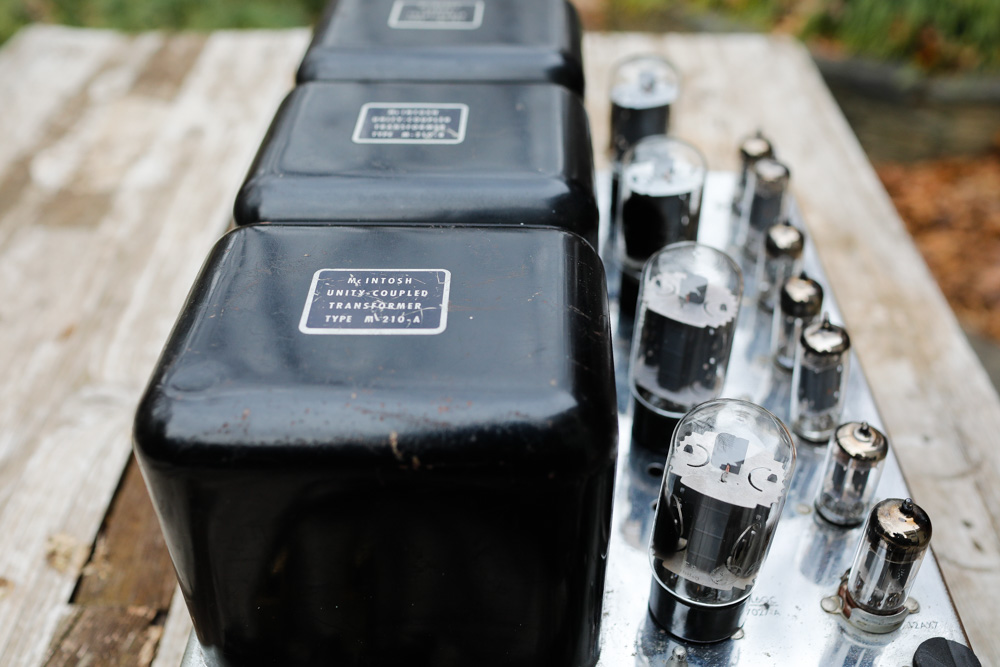
|
||||||||

|
||||||||
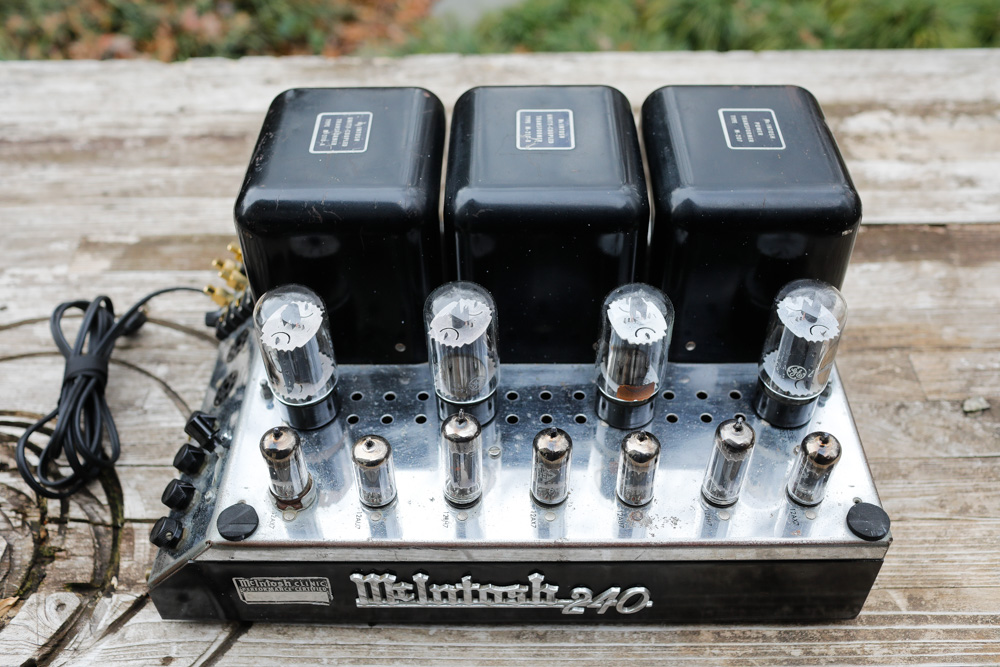
|
||||||||

|
||||||||
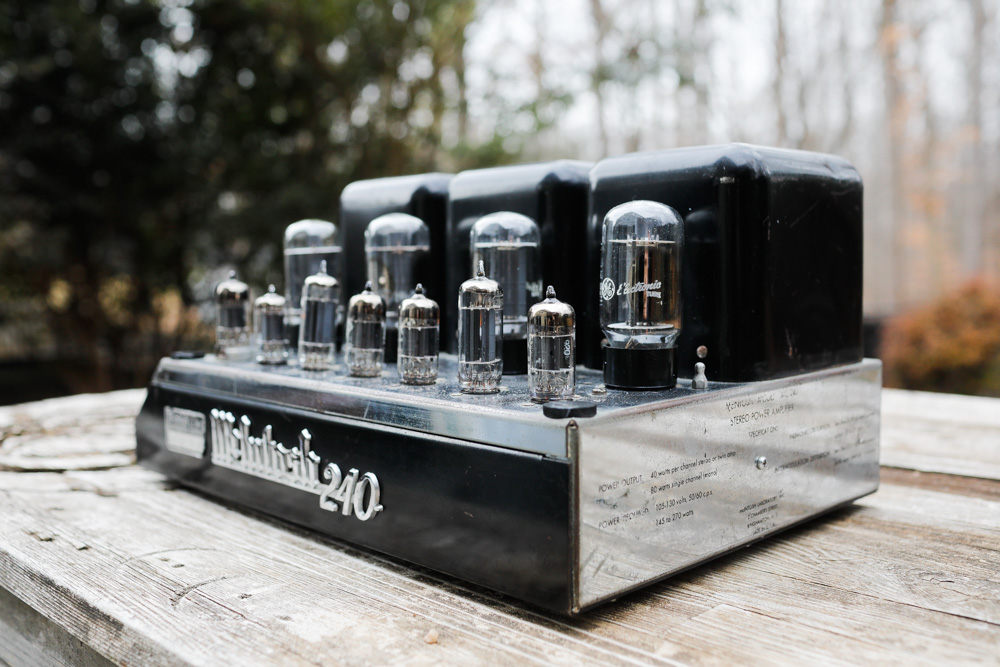
|
||||||||

|
||||||||
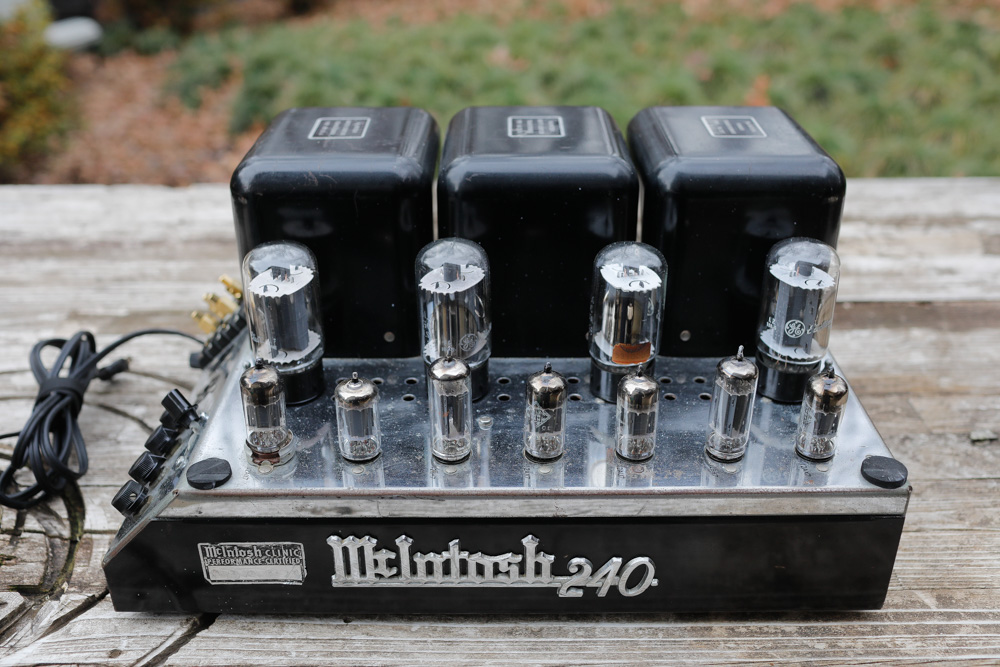
|
||||||||

|
||||||||
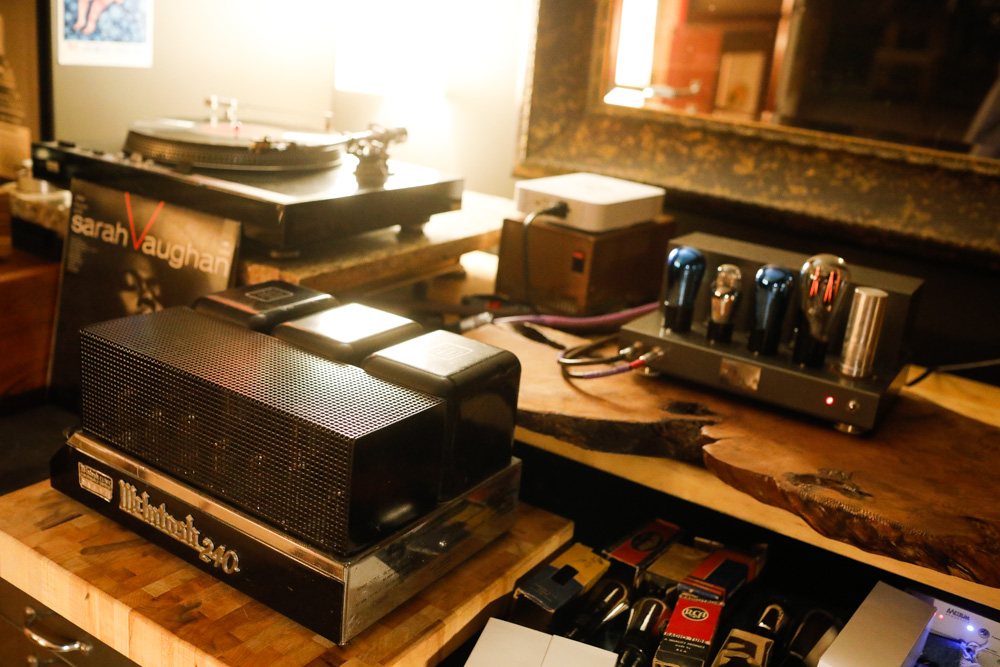
|
||||||||
|
A David and Goliath pair up with the McIntosh MC240 and the Toshi Kurushima 71a. 40 watts of 6L6 push pull versus 0.75 watts of single ended 71a. |
||||||||
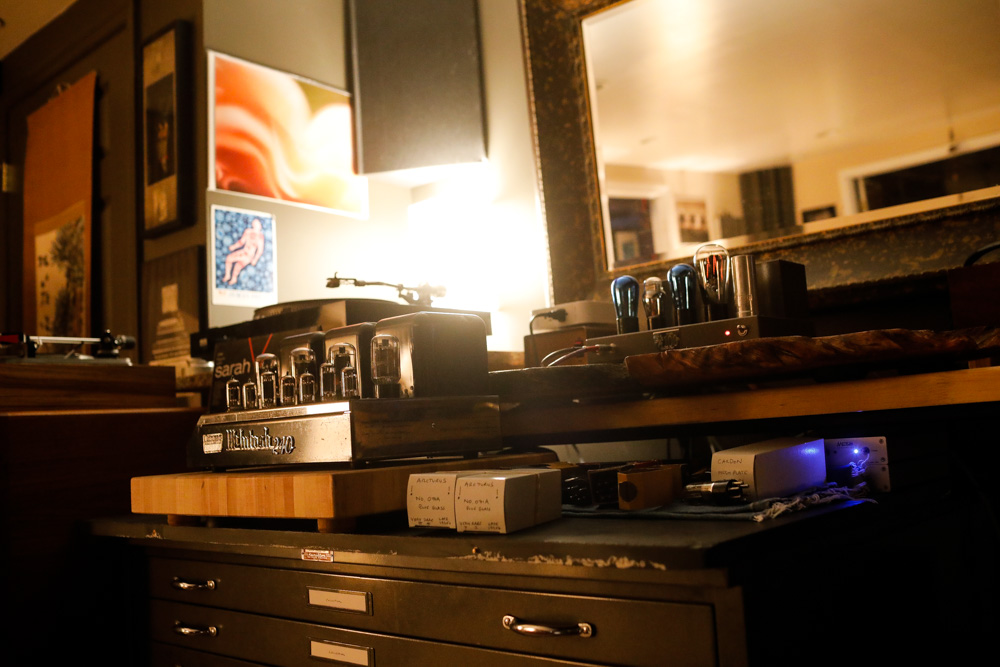
|
||||||||

|
||||||||
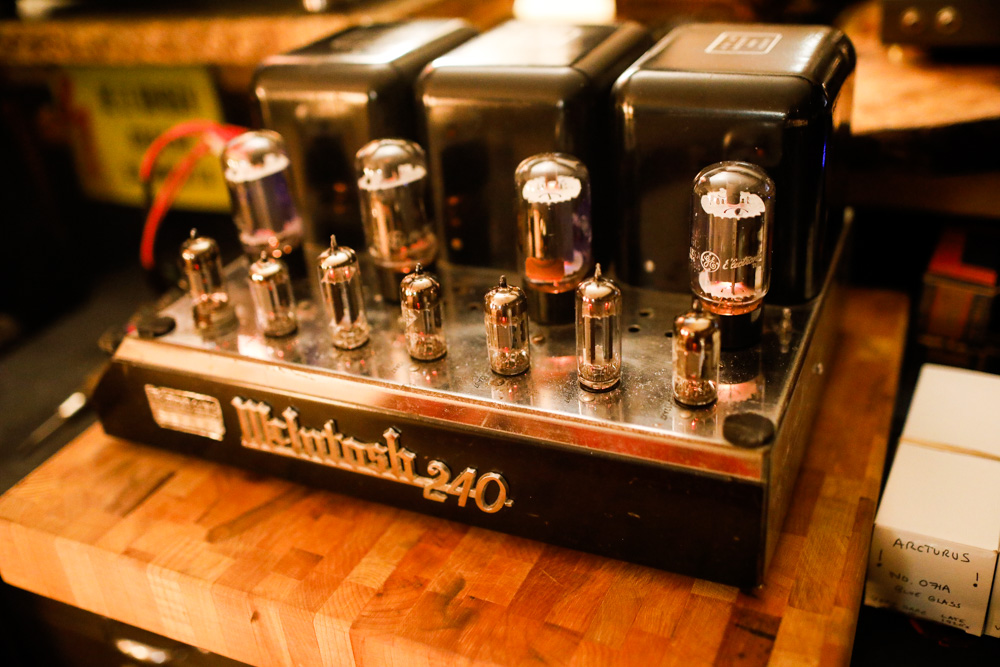
|
||||||||

|
||||||||
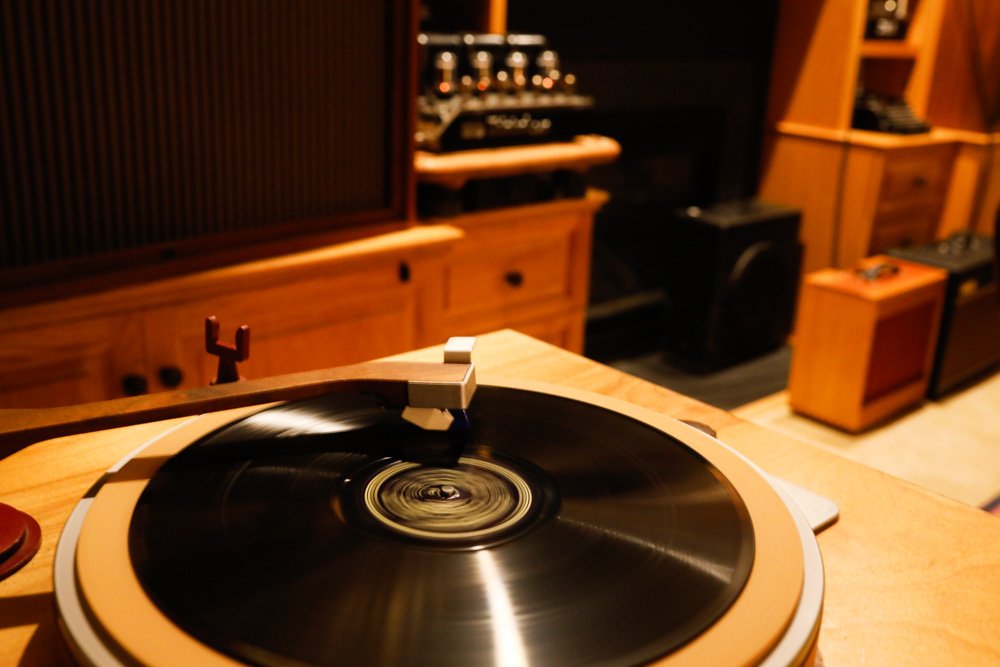
|
||||||||
|
Here is the MC240 in my living room system, filling an 18x40 foot room with vivid audio from digital, LP and, as shown here, 78. I have it running with my Luminous Audio passive, fed by a simple Decware switchbox. Side note: I’ve used quite a variety of active preamps with my McIntosh amps over the years (although never an actual McIntosh pre), but definitely prefer the McIntosh gear with passive preamps. Somewhat surprisingly, I’ve found that the vintage McIntosh tube units really shine with a good passive preamp in place. Cranking the gain on the Mac to 100%, and using a passive preamp gives the McIntosh stuff room to breathe. They sound magnificently warm, but also insightful. I’ve had passive preamp success with all of my McIntosh collection; the 225, 30 monos, 240 and even the solid state 250. If you have one of these amps, give Luminous Audio a call and grab one of their entry level passives with a Caddock or Western Electric resistor and spend a long weekend (and then maybe a lifetime) hearing the most honest output you will ever get from your Mac. |
||||||||
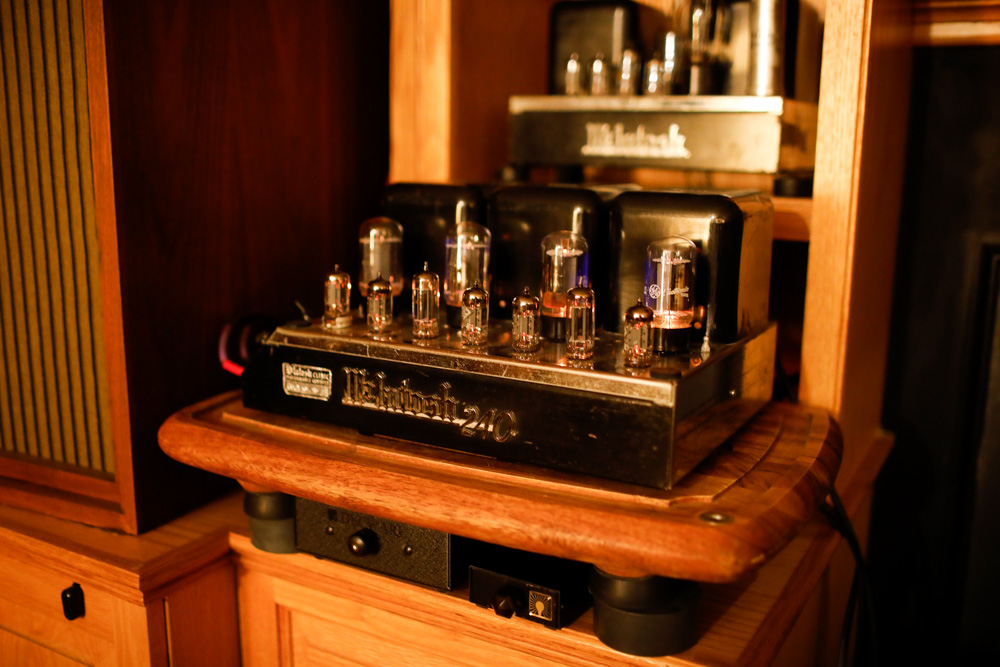
|
||||||||

|
||||||||
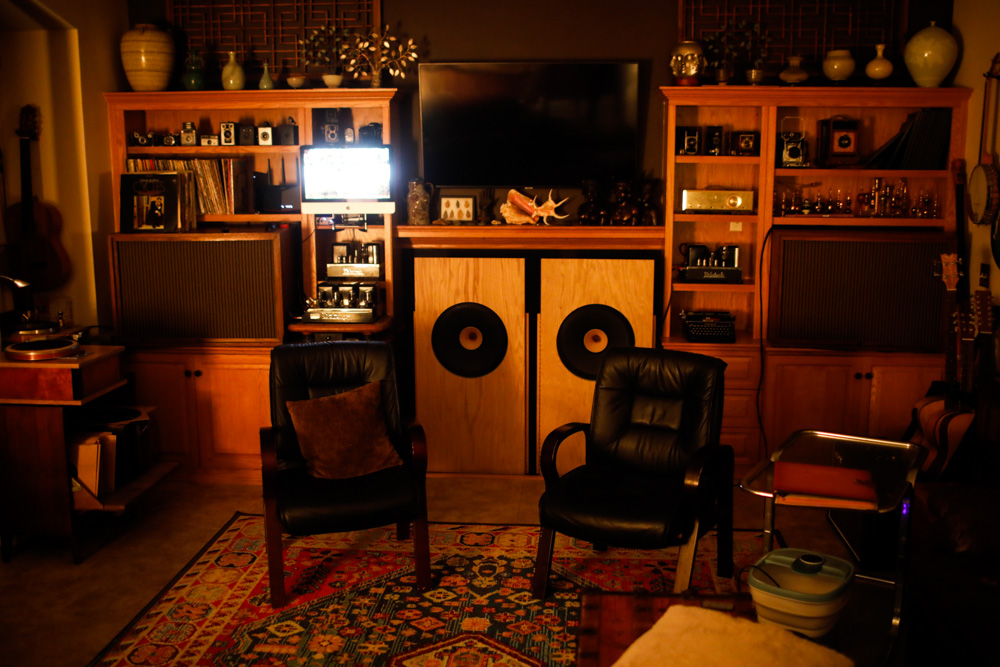
|
||||||||
|
The current McIntosh living room, with MC240 and MC30 powering both my Bozak B-305 and my Lii F18 baffles. |
 |
|||||||
 |
 |
 |
 |
 |
|||
 |
|||||||
 |
|||||||